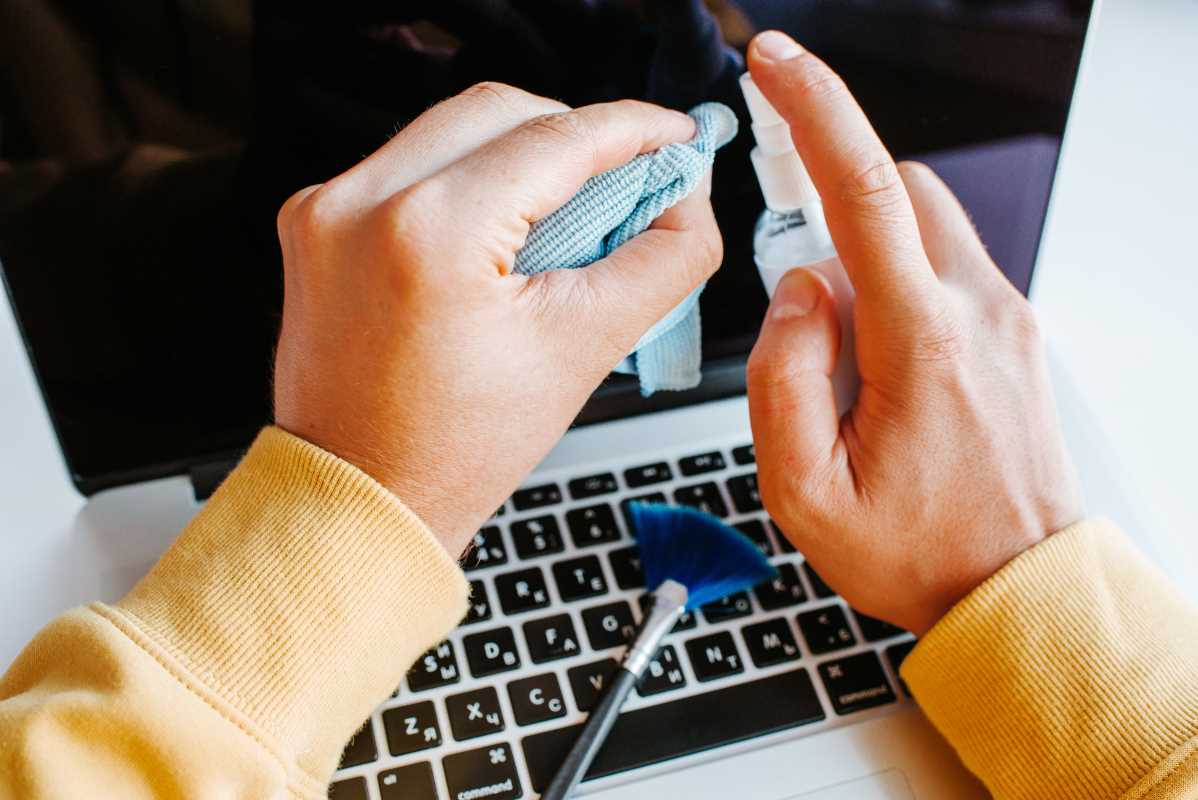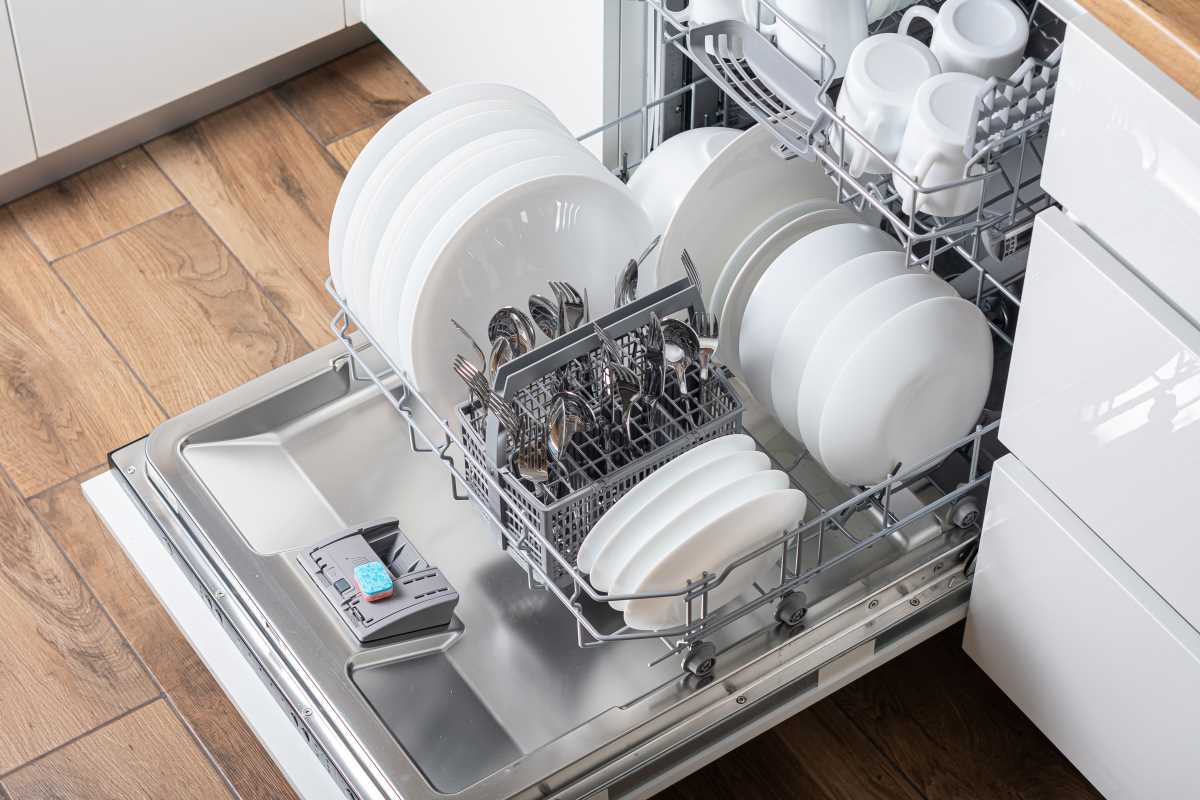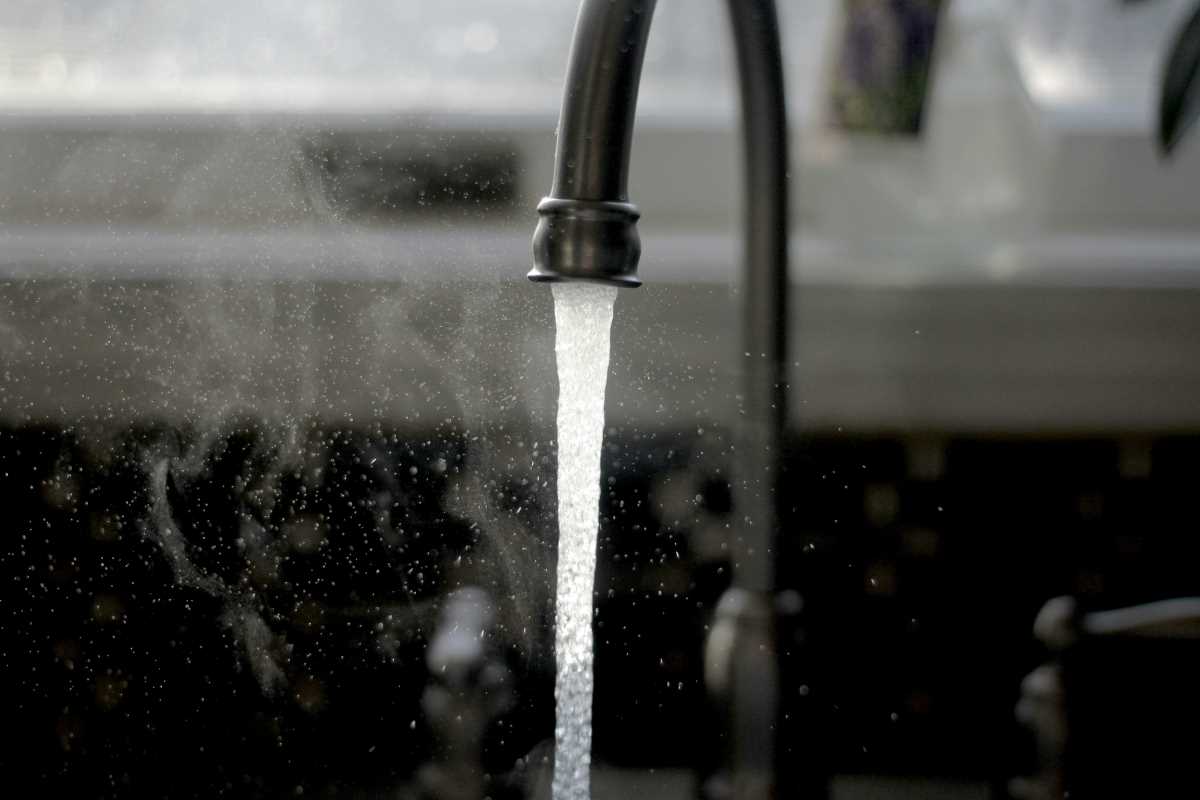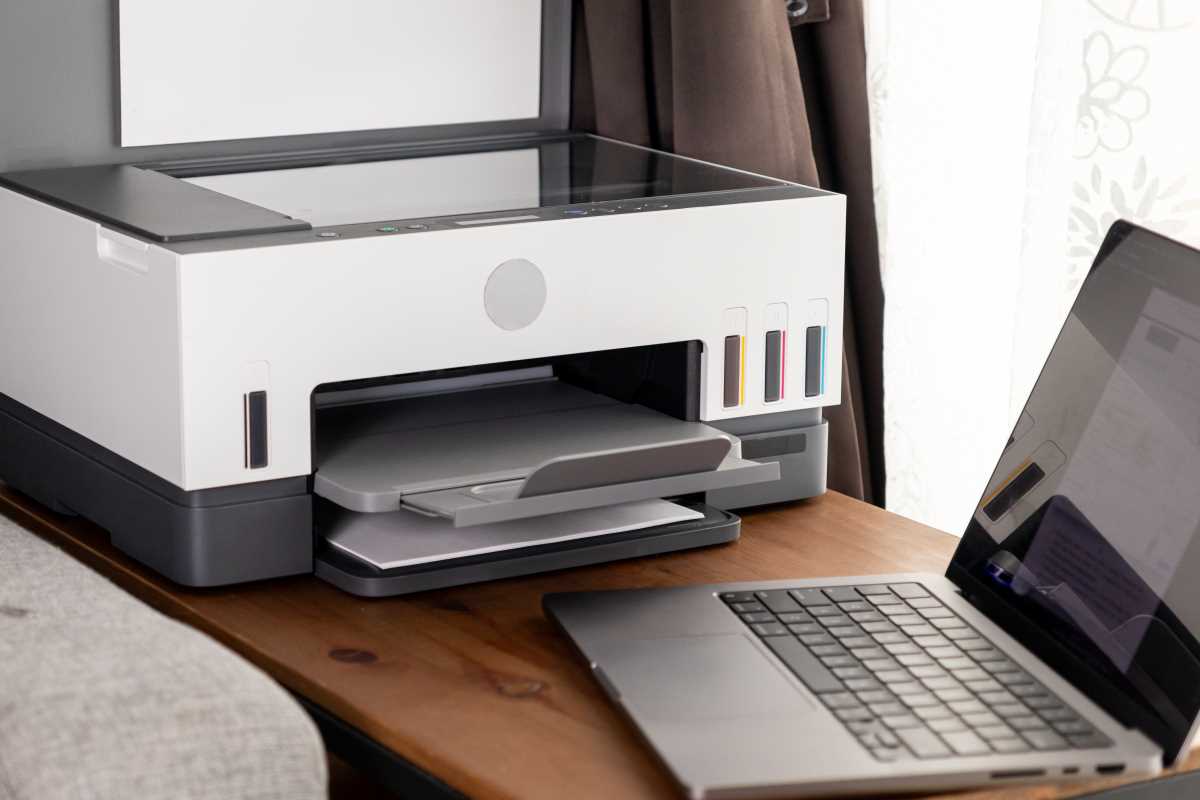Electronics have become essential tools in daily life, powering communication, entertainment, productivity, and more. However, their constant use often makes them prime targets for dust build-up. Even the cleanest homes can’t completely escape the presence of airborne particles that settle on and inside electronic devices. Dust may seem harmless, but it can clog vents, disrupt airflow, and even cause overheating, all of which can diminish performance and shorten the lifespan of valuable equipment. The good news is that with regular care and simple preventative measures, dust damage can be avoided entirely. This is how to keep electronics clean and running smoothly by managing dust effectively.
Regular Cleaning to Maintain Performance
Cleaning electronics on a regular basis prevents dust from accumulating and reaching areas that are harder to clean. Starting with external surfaces, wiping devices down using microfiber cloths is an effective way to trap dust particles without causing damage. Microfiber is gentle on sensitive screens and doesn’t leave behind fibers like other cloths might. For TV screens, computer monitors, or smartphones, lightly dampen the cloth with water or a cleaning solution specifically formulated for electronics to remove smudges along with dust.
Hard-to-reach areas, such as vents and crevices, require a different approach. Using a can of compressed air is the safest way to blow dust out without disassembling the device. For keyboards, holding them upside down while spraying compressed air dislodges debris stuck between the keys. Cleaning on a bi-weekly or monthly basis, depending on how dusty the environment is, ensures that electronics perform better while avoiding overheating issues.
Control the Environment to Prevent Dust
Reducing the amount of dust in the air around electronics minimizes how much settles on devices. Air purifiers are particularly helpful in rooms with heavy electronics usage, such as home offices or entertainment areas. Placing a purifier near devices helps capture fine dust particles before they can settle on screens or infiltrate vents.
Closing windows and ensuring proper sealing of doors can also help limit dust from entering the space. When setting up electronics, avoid placing them directly near open windows or heating vents, as these are prime sources of airborne particles. Additionally, consider keeping pet beds or high-traffic areas in the home away from electronics, as pets can contribute fur and dander that exacerbate dust accumulation.
Manage Airflow Around Electronics
Good airflow ensures that devices remain cool and functional while reducing the likelihood of dust getting trapped inside. Electronics such as computers, gaming consoles, and televisions generate heat during operation and rely on fans or vents to dissipate it. Dust collecting in these areas disrupts airflow, forcing the device to work harder and increasing the risk of overheating.
Ensure that vents are never blocked, leaving at least a few inches of space between devices and any surrounding objects. Elevating some devices on stands or risers improves ventilation and keeps dust-prone surfaces like tables and desks cleaner. Proper cable management also aids airflow by keeping cords untangled and free from dust buildup. Tidy cables using clips or sleeves to keep the area around electronics clear.
Use Protective Covers and Cases
Investing in protective covers for electronics is one of the simplest ways to prevent dust from settling on them when not in use. Devices like keyboards, monitors, and audio equipment can be shielded with fabric or plastic covers designed to block dust while allowing air circulation. Even something as simple as draping a soft cloth over a device when it’s powered down can reduce the need for frequent cleaning.
For smaller items such as smartphones, tablets, or portable gaming systems, cases with precise cutouts protect the devices while keeping ports and connectors shielded. These cases offer the added benefit of guarding against scratches or light impact during daily use. Covering electronics when not in use minimizes exposure to dust and prolongs the time between cleanings.
Inspect and Clean Vents and Cooling Systems
Though it’s easy to overlook, vents and cooling systems are some of the most important components to monitor when it comes to dust management. On computers, laptops, or gaming consoles, cooling fans are vital for expelling heat, but they often attract and trap dust due to their constant movement.
To clean fan vents, gently use compressed air while keeping the fan from spinning, as the rapid movement could damage internal components. For desktop computers, periodically opening the case to clean interior parts such as fans, heat sinks, and the power supply ensures that dust doesn’t compromise their performance. Keeping these components clean prevents the overheating and lagging that can result from blocked ventilation.
Avoid Household Cleaning Tools and Products
Electronics require specialized care, and using traditional household cleaning tools can do more harm than good. Feather dusters, for example, move dust around rather than trapping it and can scratch sensitive surfaces such as screens. Similarly, liquid cleaners intended for countertops or windows may contain chemicals that damage delicate coatings or seep into openings, causing internal damage.
Always opt for tools specifically made for electronics, such as microfiber cloths, anti-static brushes, or cleaning sprayers formulated for screens and keyboards. These products ensure thorough cleaning without risking harm to the devices.







